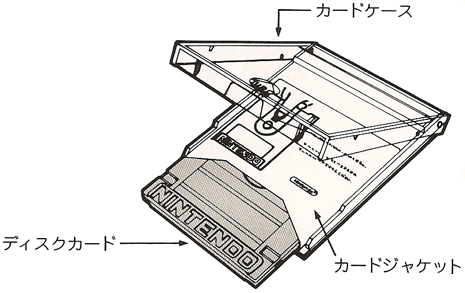How it all works
The Family Computer is a complex electronic device, filled with chips and traces and all that 80’s technology. Being complex, we’re going to try to explain in this section how it all works and how you can modify it here and there to make your Famicom not only playable in the United States and Canada but better performing and enhanced.
The Famicom has three main parts — the power source, the console and the controllers. It also has accessories, like the Disk System, which themselves can be added or modified to make your gameplay seem fresh and more fun.
Famicom World has taken it upon itself to contribute to the preservation of the system by explaining ways for dumping and writing your games, important to keep the Famicom around so us 80’s and early 90’s babies can play it with our kids and grand kids.

Video Station
Twin Famicom Power Adaptor
Maxell Quick Disk
Famicom Test Cart
Famicom Power Adaptor
Disk System Power Adaptor
The FDS power adaptor is equipped with the same prongs, nearly the same input voltage (AC 100V), and the proper output voltage (DC9V) as power adaptors used in the United States and Canada.
Disk Hacker
Disk System Error Messages
Square-button Famicom
NES Zapper on AV Famicom
Build Your Own FDSLoadr Cable
The cable has been a tricky thing to build for Famicom users without technical knowledge. This easy tutorial will help you build your very own FDSLoadr cable to dump and write Famicom disks.
FDS Power Board Modifications
What is not widely known, even inside Famicom collector and technical circles is that there is another copy protection measure inside Famicom Disk System units besides the drive controller chip.
Famicom Disk System FD3206 Write Mod
A comprehensive how-to guide on how to circumvent the copy protection mechanism present in Famicom Disk System drives with the FD3206P Drive Controller chip.
Nintendo's Development Disks
When game developers were creating their Famicom Disk System games, they saved them on white Nintendo prototype development disks.